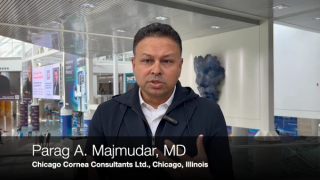
Clinical Diagnosis
Latest News

Latest Videos

CME Content
More News

Direct selective laser trabeculoplasty enhances the experience for both patients and physicians, he notes, while also mitigating issues related to poor adherence and ocular surface disease from topical therapy.

The focus in recent years has shifted to reducing the long-term burden of medical therapy, minimizing the risk of medication toxicity and persistent ocular surface disease.

The new first-line laser treatment for glaucoma and ocular hypertension will be unveiled at the 2025 American Glaucoma Society annual meeting in Washington, DC, from February 26 to March 2.

Advancements in drug durability and patient care are closing treatment gaps.
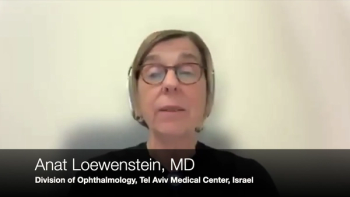
Examining the performance of AI algorithms versus human graders in neovascular age-related macular degeneration

Routine evaluation of meibomian glands, starting in childhood, is crucial for identifying and managing this progressive disease before it leads to long-term ocular surface issues.
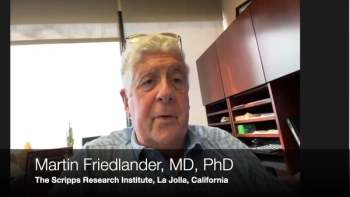
Martin Friedlander, MD, PhD, discusses phase 3 macular telangiectasia findings, highlighting the potential for a decade-long alternative to intravitreal injections.

Nathan Congdon, MD, highlights a recent study showing how virtual mentor-mentee relationships through Orbis' free telemedicine and e-learning platform can significantly enhance care.
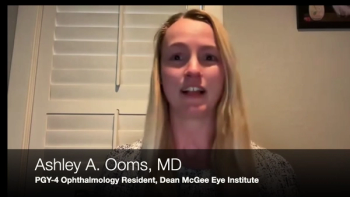
Ooms' poster at the Association of University Professors of Ophthalmology annual meeting highlighted a study on gray area complications in strabismus surgery, showing that trainees are more likely than attendings to disclose these complications despite having similar baseline anxiety levels. Ooms is a PGY-4 ophthalmology resident at the Dean McGee Eye Institute.

Sonia H. Yoo, MD, a cornea, cataract, and refractive surgery specialist and a member of the planning committee for the EnVision Summit, highlights a session focused on the latest advancements in lens implant technologies, refractive procedures, and imaging innovations. The summit will be held from February 14 to 17, 2025, at the Caribe Hilton San Juan in Puerto Rico.

From cytokine pathways to genomics, Shree Kurup, MD, highlights new approaches for managing diabetic retinopathy and combating systemic inflammation.

Patients’ near visual needs is important when prescribing medications for glaucoma treatment

Real-world scenarios showcase a shift in treatment paradigms

From easing fears to improving mood, a recent study explores how music transforms the surgical experience for both patients and health care teams.
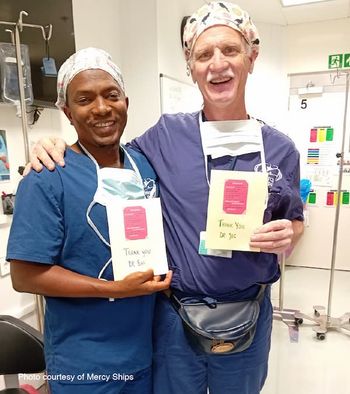
Through its ophthalmic program, Mercy Ships provides critical eye surgeries and trains local professionals, ensuring sustainable eye care for the future.

As Ophthalmology Times celebrates 50 years of publication and the Wilmer Eye Institute marks 100 years of academic leadership, Peter J. McDonnell, MD, reflects on their shared commitment to helping ophthalmologists improve patient outcomes.

Alice T. Epitropoulos, MD, FACS, outlines her approach to managing evaporative dry eye. This includes diagnosing meibomian gland dysfunction, using thermal pulsation to clear gland blockages, and ensuring long-term results with advanced treatments and patient education.

Funds from the Inasmuch Foundation and The Samuel Roberts Noble Foundation will support the purchase of equipment, including computerized eye simulators, a laser injector, and a device for measuring the electrical resistance of cells.

Dr. Frenkel highlights a comprehensive program that covers the latest breakthroughs in glaucoma and cataract surgery to in-depth discussions on AI, retinal treatments, and new drug-delivery platforms, all set against the backdrop of Snowmass, Colorado.
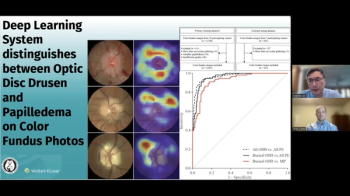
Andrew Lee, MD, and Andrew Carey, MD, sit down on another episode of the NeuroOp Guru to discuss deep learning systems and whether they can distinguish between optic disc drusen and true papilledema

Lana Rifkin, MD, a uveitis specialist at Ophthalmic Consultants of Boston, shared insights into her work and her role as committee chair of the uveitis section for the upcoming EnVision Summit, which will be held from February 14 to 17, 2025, at the Caribe Hilton San Juan in Puerto Rico.
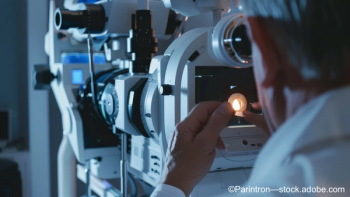
In this study, researchers examine immune mechanisms in ocular diseases like uveitis, AMD, DR, and GO, highlighting microglial roles, targeted therapies, and promising advances in immunotherapy.

According to Robert Latkany, MD, understanding the causes and recognizing these diagnostic features are essential for effective treatment.

A team of researchers in China detail a case of Thelazia callipaeda infection in the right eye of a 41-year-old woman working in an office. The patient presented with persistent foreign body sensation, pruritus, and redness despite initial treatment with polyethylene glycol and levofloxacin eye drops.

USC is leading a research team aiming to better understand retinitis pigmentosa and inform future treatments.



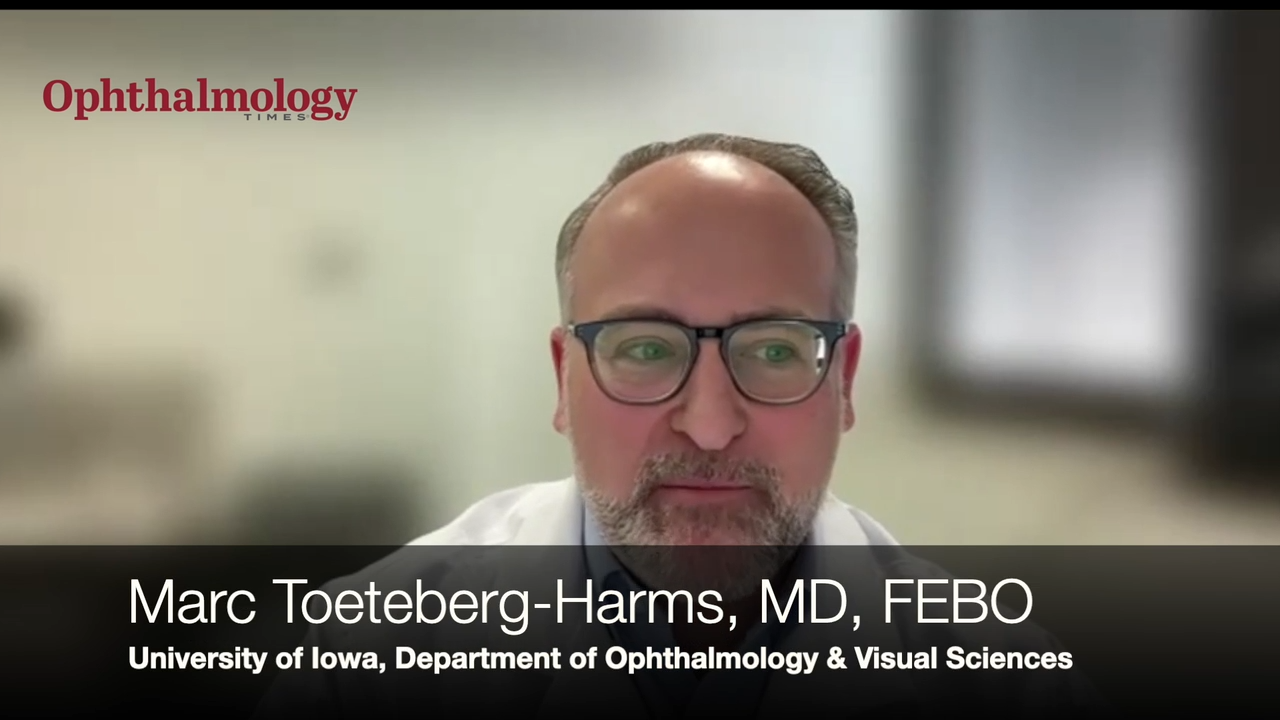


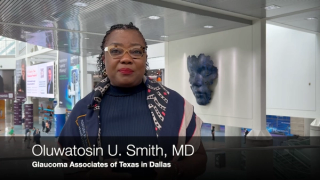

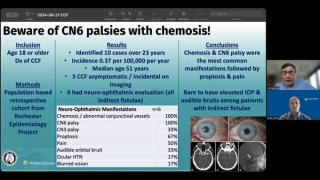

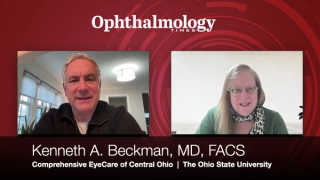

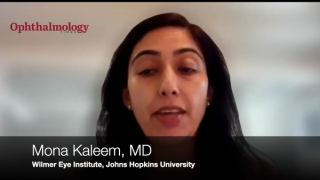
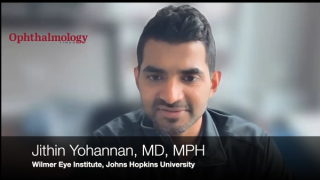
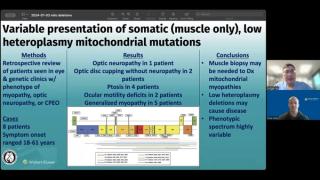









































.png)


